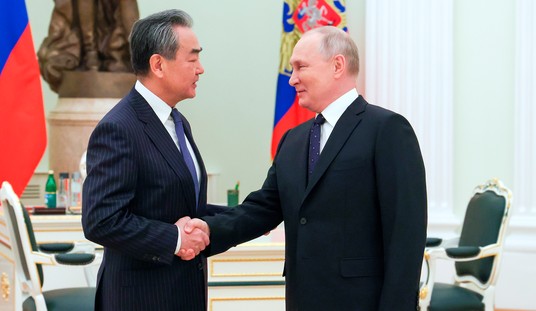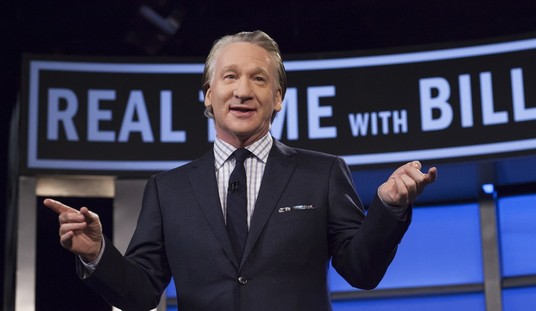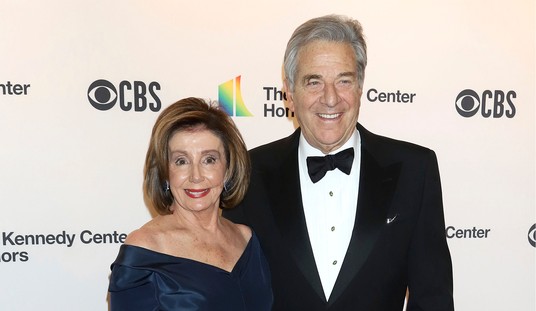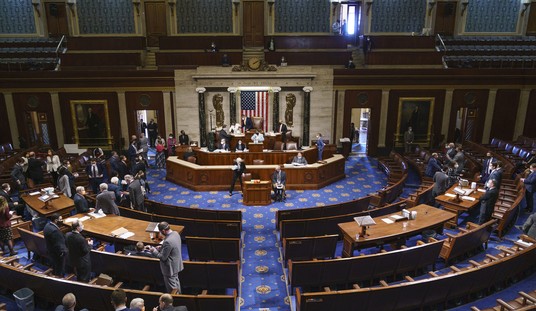The state of the union is not good. Organized labor has been “reduced to a whisper of its former greatness,” admits author Phillip Dray. “No one can divine or guarantee its future,” he adds, “but we can know its past.” And what an inspiring, doleful, and switchbacking past that is. Dray’s wonderful “There Is Power in a Union: The Epic Story of Labor in America” (Anchor, 2011) pans back to explain the original sin that made America less receptive than other Western countries to unions; we were a capitalist power before we had a countervailing strong central government. The deck was stacked for business here, but things played out quite differently in older First World nations. Note the modern results: in Sweden, 67.5 percent of workers are unionized, in Belgium 50.4 percent, and in Ireland 31.2 percent.
In the United States, we live in an especially anti-union climate now, partly because we’ve shot from a factory economy to a finance and service economy, partly because (as Dray admits) labor has sometimes been “its own worst enemy.” Many unions were historically harsh to minorities and women, for instance, or sank into appalling corruption (see Hoffa, Jimmy). But Dray asks us to strip down to fundamentals: In a country founded on the concept of checks and balances, surely unions make inherent sense. Who else can stand up to The Man?
Almost 120 years later, unions are in the middle of a steep decline. According to the Bureau of Labor Statistics, in 2012, the total number of union members fell to 14.3 million, or 11.3 percent of U.S. workers — the lowest level since 1916. It isn’t hard to see why: On one side, an increasing number of states have enacted right-to-work laws and have placed restrictions on collective bargaining. At the same time, a growing number of employers across the business spectrum have actively fought union formation. Even Northeastern University hired a union-busting law firm to deal with faculty members who were attempting to collectively bargain…
However, unions also bear some of the blame for their decline. In the face of an anti-union PR blitz that has tagged them with a host of shortcomings, their response has been weak and, at times, tin-eared. Their biggest ad push of recent years was based around a commercial titled “Work Connects Us All,” which pointed out the value of jobs, but failed to show how jobs were connected to unions.
Labor Day is about celebrating workers, not union bosses. But as union bosses rush for face time to show they “stand with workers,” what is often forgotten on Labor Day is why 93 percent of private-sector workers have chosen not to stand with a union — bringing union membership to a historical low.
Perhaps the reason why more workers are refusing to affiliate with a union now than any other time in almost a century is because union boss political activism takes precedence over protecting worker rights.
Even as private-sector voluntary union membership continues to steadily decline, an analysis published by the National Institute for Labor Relations Research last week found that union officials spent a whopping $1.7 billion on politicking and lobbying during the last election cycle.
***
The public sector remains heavily organized, with 36% union membership, but government payrolls have generally been shrinking as a share of overall employment. And public-sector unions are now under pressure around the country, including in labor strongholds like Detroit.
Meanwhile, unions have had little luck breaking into new, faster-growing sectors. Just 12% of private-sector education workers and 7% of healthcare workers are union members, both broadly unchanged over the past decade. As for the new push into fast food, it faces an uphill climb: Just 1.2% of food-service workers were unionized in 2012.
Nor are demographics in unions’ favor. Just 4.2% of workers under 25 are unionized, compared to nearly 15% of those nearing retirement. Hispanics and Asians, the two fastest-growing U.S. ethnic groups, are less likely to be union members than the overall population.
Leaders from major labor unions like the Teamsters, UCFW and UNITE-HERE are already livid with the Obama administration over Obamacare and now, unions representing pilots and flight attendants are ripping the Department of Justice for blocking the merger between U.S. Airways and American Airlines.
Just last week, AFL-CIO Nevada passed a resolution to openly criticize the Obama administration over its failure to fix problems with Obamacare which they say will kill the 40 hour work week and eliminate healthcare coverage for workers. It’s time for Republicans to start making some friends in labor on the topics of Obamacare and DOJ overreach.
***
This celebration has puzzled me for quite some time now. Why are we celebrating organizations that not only had virtually nothing to do with the improvement of society, but actually made it worse? To me, celebrating “labor” sounds more like a celebration of misery, as portrayed in the plays in Ayn Rand’s Anthem.
What should be celebrated is not our hardships, but what alleviates them – not organizations that pretend to care about an illusive common good they don’t even improve, but individuals whose individual contributions help improve society as a whole. What should be celebrated is capitalism itself.
Yes, I dared to use the dirty “C” word, whose popularity is unjustifiably waning. I say unjustifiably because rampant propaganda accusing capitalism of economic crises is just plain wrong. I also say unjustifiably because blaming capitalism for wrongs it’s not even guilty of is biting the hand that feeds you.
“Young workers move around from job to job a lot,” and don’t see themselves as connected to their job or employer, Kaminski said. The bottom line: Last year, only 4.2 % of the youngest workers were union members, compared to 11.3% of all US workers and almost 15% of workers ages 55 to 64.
While young people appear to be backing away from US unions, Latinos are embracing them. Union members of Hispanic descent grew by almost 21%, to 2 million members, from 2002 to 2012. Nurses and car wash workers in California and janitors and casino crew in other states have embraced unions, with a big bump in union membership in California last year.
Blacks are still more likely to be union members than other racial groups, but their numbers fell as state and local governments and school districts cut millions of jobs. The only other group with a gain in union membership was Asian Americans, with a 4% gain to 668,000 members in 2012.
Despite renewed activism—the fast food strikes keep growing, though some say they are doomed—the union movement is still not moving many 20-somethings. Even when a young person gets hired into a unionized workplace, they are less likely to sign up as members. According to BLS data, around 84% join and pay their union dues, compared to 90% or more of workers over 25.







Join the conversation as a VIP Member